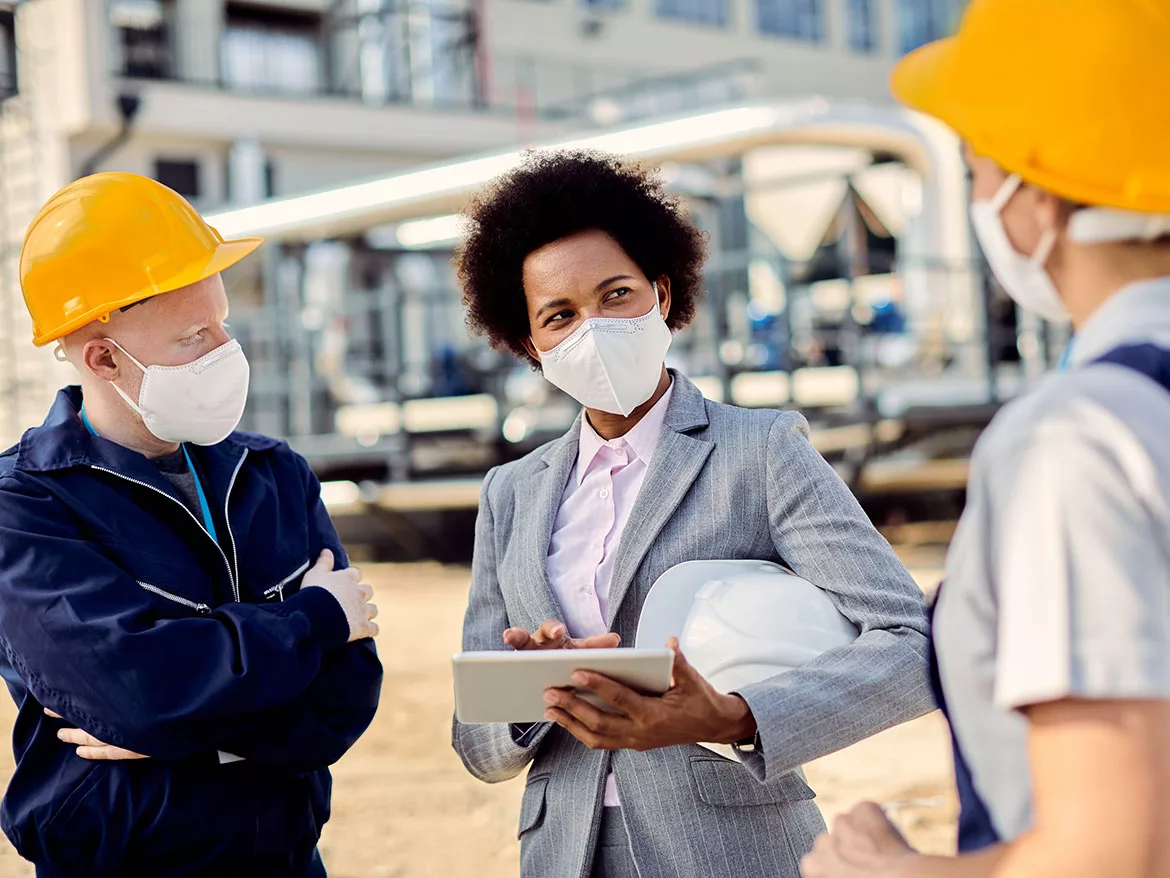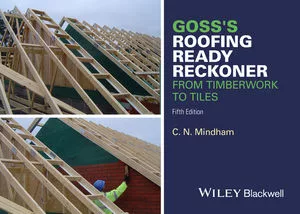Lessons Learned from the COVID-19 Pandemic

Almost all of us would agree that 2020 was terrible year. Shaped by a relentless COVID-19 pandemic, global recession, cataclysmic weather events, and a stock market that took us on a wild ride, the year is now squarely in our rearview mirror and we’re relieved to be looking forward.
But despite all the challenges that 2020 served up — or maybe because of them — the year taught us some valuable lessons that can help inform the roofing industry’s future. As we take tentative steps into a post-vaccine world, it’s worth taking stock of what we’ve learned.
A year ago, as the COVID-19 epidemic threatened the health of workers and shutdowns devastated the economy, a group of construction associations based in Washington, D.C., joined forces. The EPDM Roofing Association (ERA), along with colleagues from 12 other organizations including the National Roofing Contractors Association (NRCA), joined forces to help keep our employees safe and our member companies in business. This was the first time that any of us could remember forming a roofing coalition to tackle challenges of the scope that we we faced.
At the start, we were laser-focused on specific issues. For instance, as the pandemic increased in intensity, several states, including New York and Washington, listed construction as a “nonessential” activity, meaning that all work on existing sites had to be stopped, and no new construction could be initiated. Our coalition worked with the Cybersecurity & Infrastructure Security Agency (CISA) to ensure that the agency’s guidance designated most construction activities as essential activity. We contacted governors in key states, as well as other regional and local officials, to ensure that this guidance was followed, meaning that construction activities could continue as long as certain risk management tactics were adopted.
Additionally, the coalition launched a campaign targeted at slowing the skyrocketing national unemployment rate and, at the same time, easing the industry’s labor shortage. The campaign, called “Back to Work on America’s Roofs” pointed out that the roofing industry employs more than 1 million American workers, and the “industry has developed guidelines that will safeguard buildings while also mitigating the risk of spreading COVID-19 among our workforce.”
I think it’s fair to say that the work of the association has been extremely effective, and what we have been able to do as a group has far surpassed what we could have done working independently. Spurred by our success, and encouraged by our industry’s response, our COVID-related work is far from done: we have urged all members of the industry to support widespread vaccination efforts, we will be active in the formulation and implementation of post-pandemic safety standards, and we are closely following proposed COVID relief legislation.
Duane Musser, vice president of government relations for the NRCA and a colleague of mine in the coalition, noted recently: “Closely coordinating our advocacy efforts on a regular basis to meet the industry’s COVID-related challenges has enabled us to leverage our strengths and be more successful. It makes sense to continue our collective work in the pursuit of other industry goals moving forward.”
Beyond COVID, we plan to continue to broaden our mutual efforts, capitalizing on the relationships we have built and the mutual knowledge we have gained. We recently completed a “Market Index Survey for Reroofing” that provides up-to-date and in-depth insights on the current thinking and experiences of roofing contractors and roofing consultants regarding reroofing as a sector of their business. The survey is just the first of what will be several initiatives to establish baseline data about the roofing industry, which will be especially valuable as we emerge from a COVID economy.
The association that I lead, ERA, has been working for several years to educate the industry about the importance of resilience in the built environment. We are now working to ensure that buildings are included as essential parts of infrastructure and resilience funding expected to be part of the Biden administration’s effort to slow or reverse climate change. We will work with the coalition to help make this an industry-wide effort.
Looking forward, we’re sure that the future role of buildings will increasingly be discussed throughout this decade. We anticipate that the Biden administration will have some significant interest in the role of buildings in climate and human health issues. This presents the coalition with an opportunity to proactively engage with government, provide leadership on these issues, and utilize the lessons we learned from the challenging year just past.
Looking for a reprint of this article?
From high-res PDFs to custom plaques, order your copy today!








